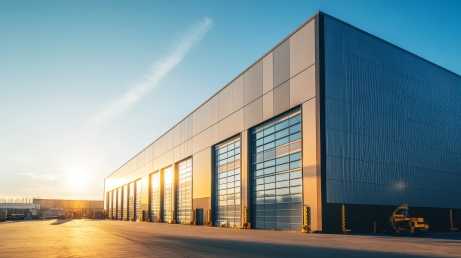
Remember how cramped GTA warehouses felt just a couple of years ago? Things have shifted. After developers broke ground on a flurry of speculative builds during the ultra‑tight 2021 market, empty bays are noticeably easier to find: mid‑2025 vacancy sits around 4.2 percent and overall availability has crept to roughly 6 percent. Some of that extra room comes from fresh deliveries, but a good chunk is sublease space as manufacturers and logistics groups tap the brakes amid tariff noise and sporadic economic signals. Rents, which once shot up exponentially, have pretty much plateaued—year‑over‑year growth is barely a whisper at 0.3 percent. New projects are still finishing up, yet construction starts have fallen off a cliff, hinting that the supply pipeline will thin out before long.
Investors are taking a breather, too. Roughly $4.8 billion traded hands over the past twelve months, but cap rates have eased up into the mid‑4s. Talk of tougher trade rules and the looming property‑tax reassessment has many buyers sharpening their pencils. Brampton, Mississauga, and the eastern reaches of the GTA have seen the most action, though price jumps since 2016 mean every purchase feels dear. If taxes climb again, we may see more deals—just not the frothy pricing of the last cycle. Bottom line: the region’s industrial scene has slipped out of sixth gear and into something a bit more cautious.
Curious about how this plays out over the next few quarters—or the next few years? Feel free to reach out to us today!